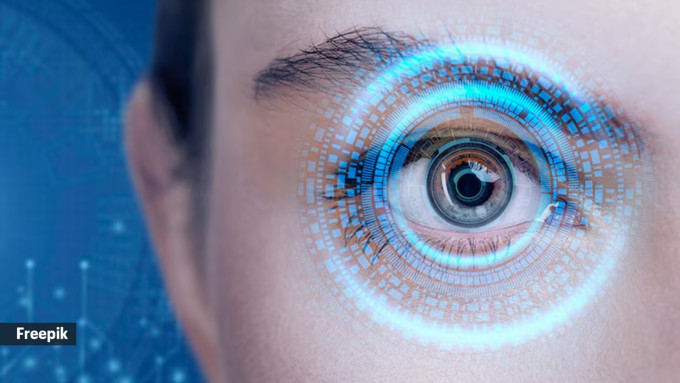All about Spaceflight Associated Neuro-ocular Syndrome, the eyesight issue Sunita Williams is likely facing in space
Space missions push human endurance and health to the limits, and vision is one of the most affected aspects of an astronaut’s well-being.
Recently, Sunita Williams underwent an eye test while being stranded in space, highlighting the importance of monitoring eye health in such extreme conditions. As astronauts spend extended periods in microgravity, their bodies undergo significant changes, and vision can be particularly vulnerable.

Prolonged exposure to microgravity and its impact on the eyes
Dr Navya C senior consultant, Ophthalmology at Athreya Hospital, tells indianexpress.com, “In the weightlessness of space, fluids in the body behave differently. Without the familiar pull of gravity, blood and other fluids shift upwards, leading to a phenomenon known as ‘cephalad fluid shift.’ This fluid redistribution affects various parts of the body, including the eyes and brain, contributing to the development of Spaceflight Associated Neuro-ocular Syndrome (SANS).”
Specific changes observed in the eye include:
Optic Disc Edema: The optic nerve, responsible for transmitting visual information from the eye to the brain, can become swollen and inflamed.
Globe Flattening: The shape of the eyeball itself can change, becoming slightly flattened posteriorly.
Choroidal Folds: The choroid, a layer of tissue beneath the retina, can develop wrinkles or folds.
Cotton Wool Spots: These are small white patches on the retina caused by tiny areas of decreased blood flow.
Hyperopic Shift: Many astronauts experience a shift in their vision towards farsightedness (hyperopia), making it difficult to focus on near objects.
 Telemedicine allows astronauts to consult with ophthalmologists on Earth (Source: Freepik)
Telemedicine allows astronauts to consult with ophthalmologists on Earth (Source: Freepik)
Factors that play a role
The exact mechanisms behind these changes are still being investigated, Dr Navya reveals, but several factors likely play a role:
Increased Intracranial Pressure: The upward fluid shift increases pressure within the skull, which can compress the optic nerve and affect its function.
Altered Fluid Dynamics: Changes in fluid distribution within the eye can impact the shape of the globe and the structure of the retina and choroid.
Vascular Changes: Microgravity can affect blood flow to the eyes, potentially leading to ischemia (reduced blood flow) and damage to the retina.
SANS and long-term vision: Protecting astronauts’ sight
The long-term effects of SANS are a growing concern as we consider future missions to Mars and beyond. “While most astronauts’ vision improves after returning to Earth, some may experience lasting vision problems like blurred vision or difficulty focusing,” says Dr Navya.
SANS may increase the risk of developing certain eye conditions later in life, such as glaucoma or cataracts.
To mitigate these effects, several strategies are being explored. “Creating artificial gravity through rotating spacecraft or centrifuges could help maintain normal fluid distribution in the body, potentially preventing or reducing the severity of SANS,” she informs.
Researchers are investigating various countermeasures, such as lower body negative pressure devices and exercise regimens, to mimic the effects of gravity and counteract fluid shifts. Astronauts undergo comprehensive eye exams before, during, and after spaceflight to monitor any changes and provide timely intervention, notes Dr Navya.
Eye tests in space: A unique challenge
According to Dr Navya, conducting eye exams in space presents unique challenges due to the microgravity environment and the limited availability of specialised equipment. “Astronauts use portable devices like retinal cameras and optical coherence tomography (OCT) scanners to capture images of their eyes and monitor for changes.”
Telemedicine allows astronauts to consult with ophthalmologists on Earth, who can analyse the images and provide guidance. Eye tests in space need to account for the fluid shifts and other physiological changes that occur in microgravity, concludes Dr Navya.
According to a report by Financial Express, Williams and fellow astronaut Butch Wilmore were supposed to stay on the ISS (International Space Station) for roughly eight days before returning to the Earth. However, helium leaks and thruster problems during Starliner’s journey have raised questions about the it’s safety, leading to delays.
📣 For more lifestyle news, click here to join our WhatsApp Channel and also follow us on Instagram
Disclaimer: The copyright of this article belongs to the original author. Reposting this article is solely for the purpose of information dissemination and does not constitute any investment advice. If there is any infringement, please contact us immediately. We will make corrections or deletions as necessary. Thank you.
